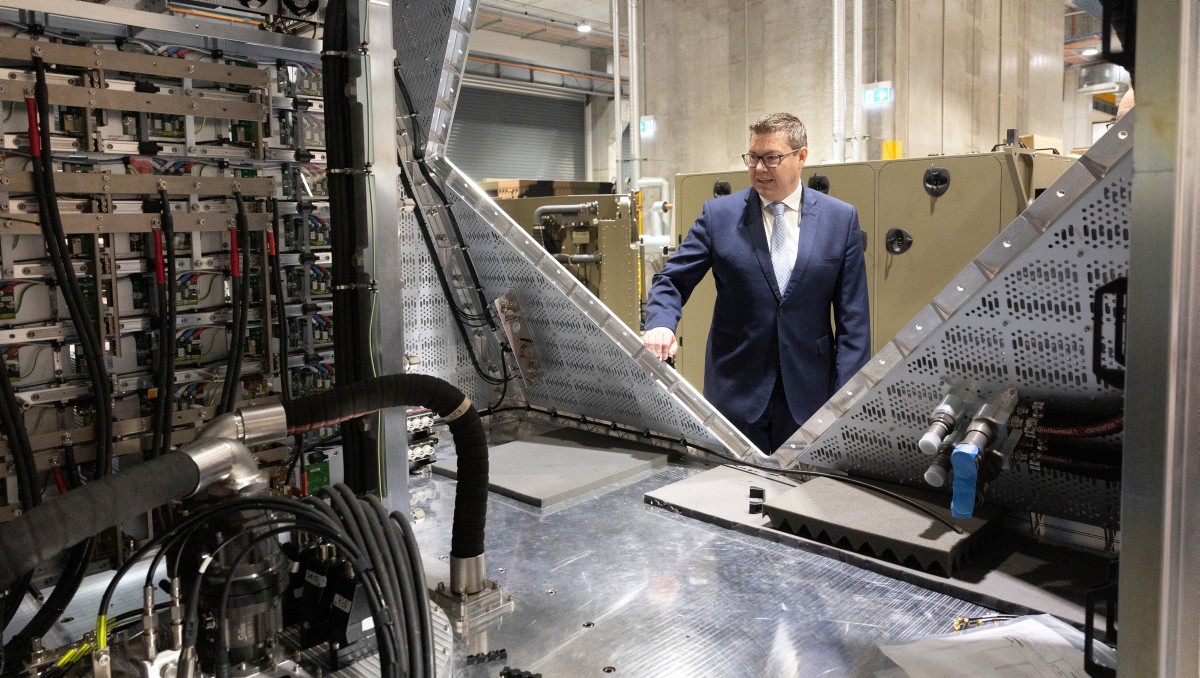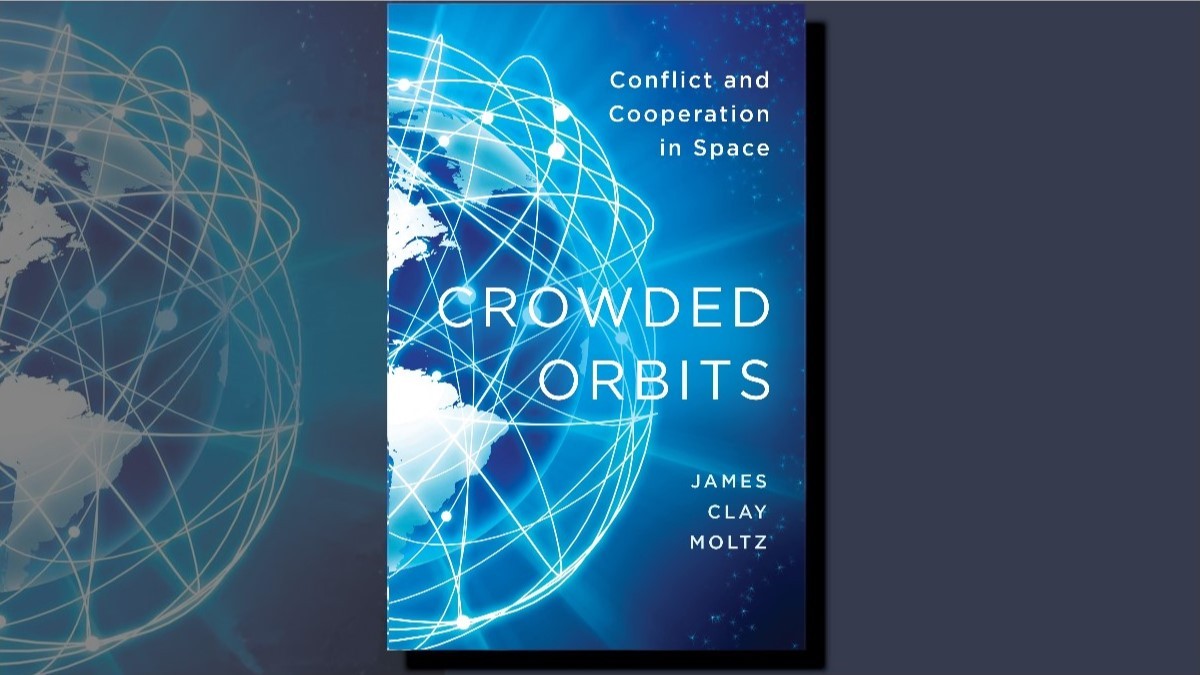Should Army also talk about Post Traumatic Growth?
Army is making significant progress to reduce the stigma surrounding mental illness, particularly illness linked to operational service. If this encourages even a small number of ill personnel to obtain support and treatment early to reduce their risk of chronic pathology, it is an immensely positive change. Army’s enhanced mental health strategies are a significant improvement and demonstrate the emphasis Army is placing on looking after the welfare of veterans.
Highlighting only chronic illness amongst veterans however, risks equating operational service with mental illness. This does not align with the experiences of many veterans, who have endured varying levels of trauma, but remain healthy. Although recent information suggests that point prevalence of PTSD is between 2-17% of US Military veterans, there is limited public narrative that attempts to explain diversity in response to trauma.
The problem of how to address contemporary veteran health was publicly addressed by General Mattis in 2014 who acknowledged the potential for illness caused by operational stress, but also highlighted an alternate response to trauma- Post Traumatic Growth. This concept is contested, but remains useful to highlight the spectrum of psychological change that can be experienced by survivors of trauma. General Mattis’s comments are an important development in discussions concerning veteran health as it articulates an alternate sequel to operational stress that is inclusive of veterans who have been exposed to trauma, but remain able to return to military service or civilian life, and continue to function at pre-trauma or even enhanced levels.
Post Traumatic Growth (PTG) is a product of the positive psychology movement which is interested in studying the healthy, not just the sick. In the context of veteran health, positive psychology is interested in learning why some soldiers remain healthy following exposure to traumatic events. The concept of PTG was proposed by Tedeschi & Calhoun 1996 who acknowledge the destructive elements of trauma, but also noticed a majority of survivors reported a spectrum of positive change in their lives. These changes were consistent amongst survivors of a broad range of trauma including natural disaster, life threatening illness, loss of loved ones, combat, sexual assault and captivity. The types of positive changes that were consistently perceived by survivors became known as areas of post traumatic growth and can be summarised to include:
a. Improvements in relating to others
b. Awareness of new possibilities
c. Increased personal strength
d. Spiritual change, and
e. Increased appreciation of life
Current research suggests that 30-90% of people who experience trauma will report at least some elements of this positive change. Interestingly, it appears elements of Post Traumatic Growth can sometimes manifest concurrently to PTSD or develop during recovery from PTSD.
The understanding of conditions that favour Post Traumatic Growth is incomplete, however current research suggests predictors can include extraversion, optimism, social support, spirituality, acceptance coping skills, agreeableness, openness to change and reflective rumination skills. Whilst many of these are attributes of personality, some are behaviours that may be able to be taught and reinforced- a theoretical concept underpinning the US Army’s Comprehensive Soldier and Families Fitness program.
If the positive psychology approach is entertained within Army, we could leverage a developing intellectual framework to guide refinement of Army’s existing Resilience Training packages. Further, acknowledging that positive personal change can occur through operational service could add balance to the expectations of pre-veteran soldiers, and support a more reasonable view of the health and potential for leadership of contemporary veterans within Australian society.
It is hoped that this article will stimulate debate on the validity of post traumatic growth, and offer a different perspective to balance our veteran health narrative.
The views expressed in this article and subsequent comments are those of the author(s) and do not necessarily reflect the official policy or position of the Australian Army, the Department of Defence or the Australian Government.
Using the Contribute page you can either submit an article in response to this or register/login to make comments.




